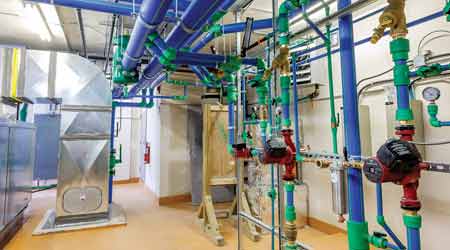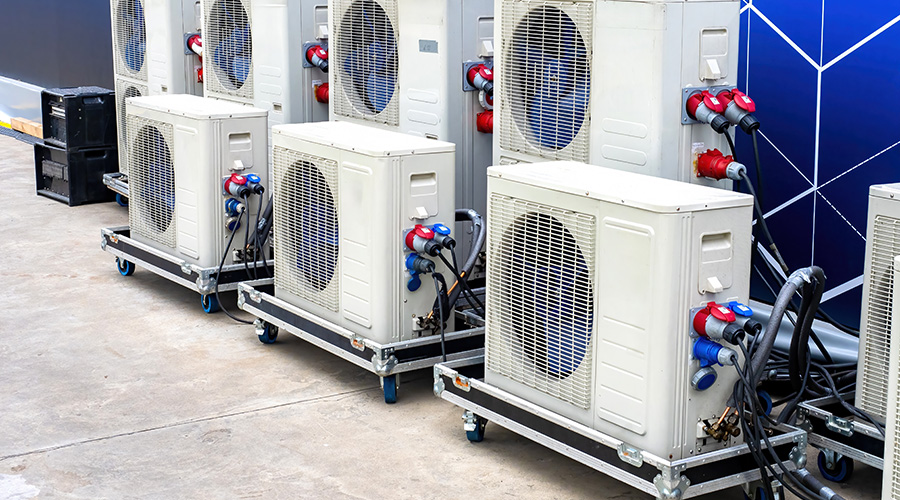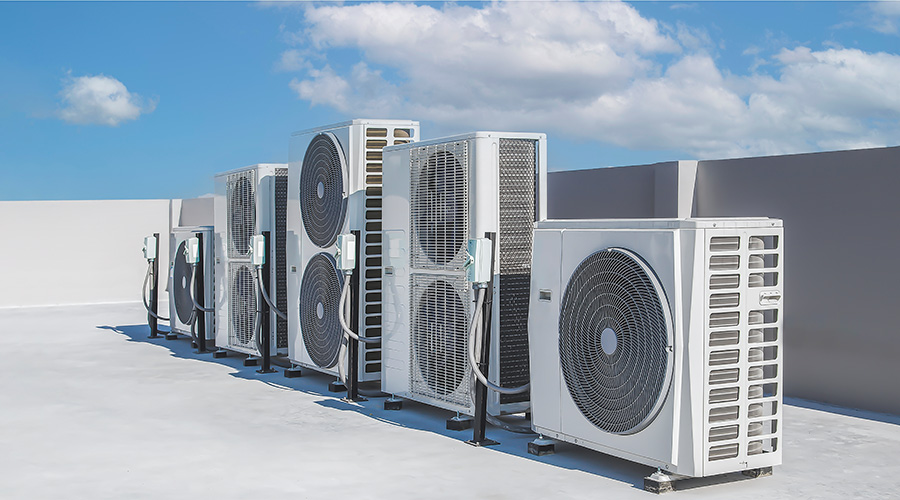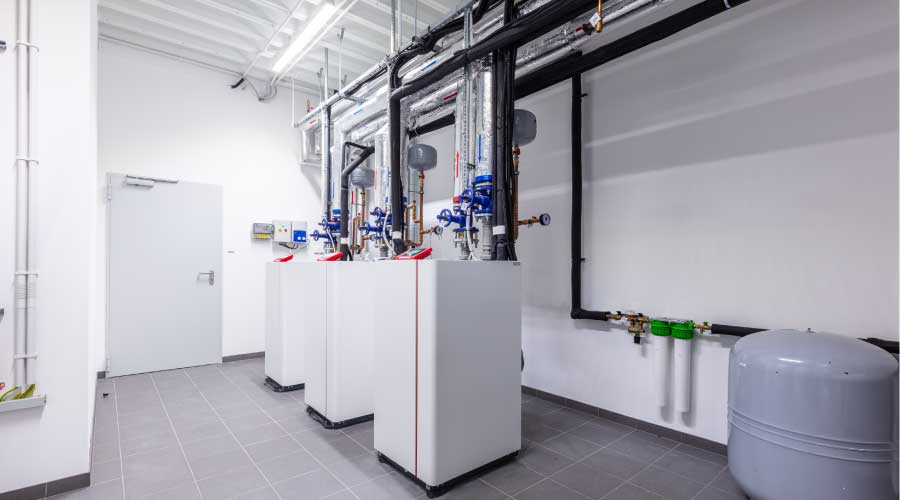 Plastic piping has a wide variety of uses, including chilled and hot water, potable water, and radiant heat systems.Aquatherm
Plastic piping has a wide variety of uses, including chilled and hot water, potable water, and radiant heat systems.AquathermUnderstanding Plastic Piping Choices
Here’s a look at three commonly used plastic piping technologies.
At one time, the choice for piping was fairly simple: Copper tubing was suitable for potable water and situations where relatively small-diameter pipes and relatively low pressures were needed. For larger flow rates and non-potable needs, steel piping would do the job. Increasingly however, plastic piping is becoming a choice for facility managers.
First, a quick view of the terrain. Because traditional PVC piping doesn’t handle hot-water applications, it’s largely relegated to waste and vent applications. But for those who wish to use plastic piping in an array of situations, other choices exist, including CPVC, PEX, and PP-R.
CPVC: CPVC is chlorinated PVC resin. It is slightly more flexible and can withstand higher temperatures than PVC. Because of its manufacturing method, CPVC is also resistant to chlorine degradation and meets the safety requirements of NSF Standard 61, according to Rob Janowiak, marketing manager for Lubrizol.
CPVC is suited for high-capacity, high-pressure, high-temperature commercial potable water systems and hydronic heating and cooling applications, says Janowiak. He notes that CPVC plumbing systems will not pit, scale, or corrode.
PEX: There are several PEX pipe options available. One commonly used in building applications is PEX-a, which is created via a process called “crosslinking.” This process combines high-density polyethylene with another material that produces desired results, much as chlorinating PVC leads to CPVC piping handling higher temperatures. In PEX-a (sometimes PEXa or pexa), HDPE material is crosslinked with peroxides, resulting in a plastic that possesses desirable performance characteristics for many piping needs.
Consistent and uniform crosslinking throughout the entire pipe wall during the manufacturing process improves performance properties such as optimal thermal memory, elasticity, elevated temperature strength, chemical resistance, environmental-stress-crack resistance, slow-crack-growth resistance, and abrasion resistance, according to David Nickelson, technical team leader for building solutions at Rehau.
PP-R: Polypropylene-random (PP-R) is a thermoplastic that is made up of chains of carbon and hydrogen. According to Barry Campbell, vice president of marketing for Aquatherm, the “R” in PP-R refers to the random blend of long and short hydrocarbon chains, which provides both rigidity and flexibility, resulting in a material with strong structural properties.
He says that PP-R is both simple and stable chemically, and it does not contain harmful chemicals.
Related Topics:













